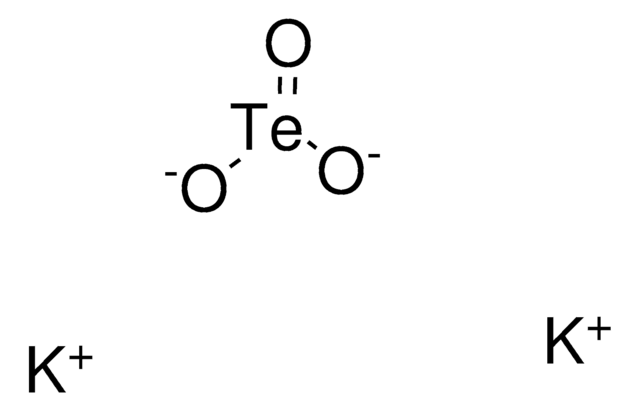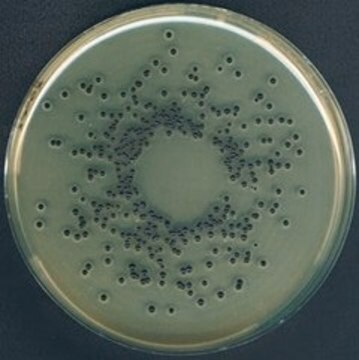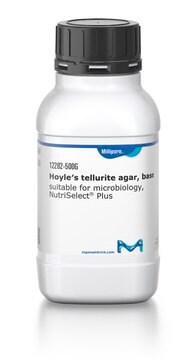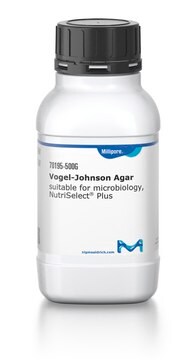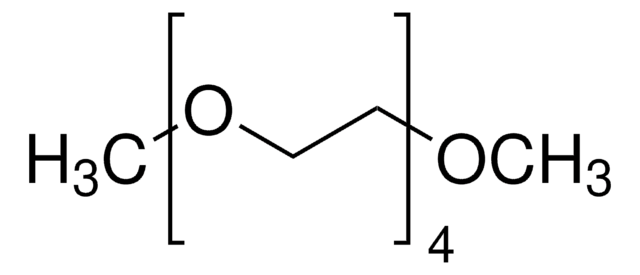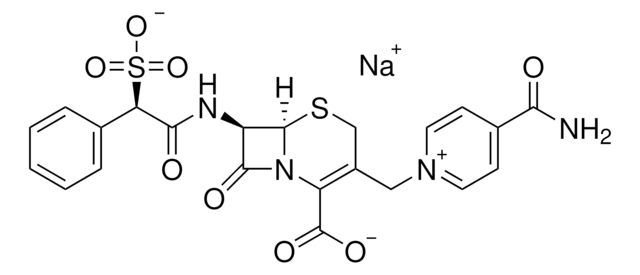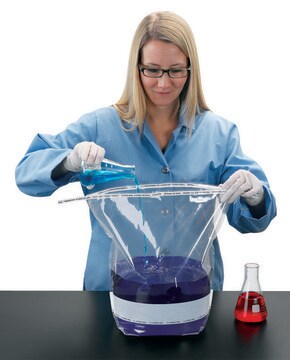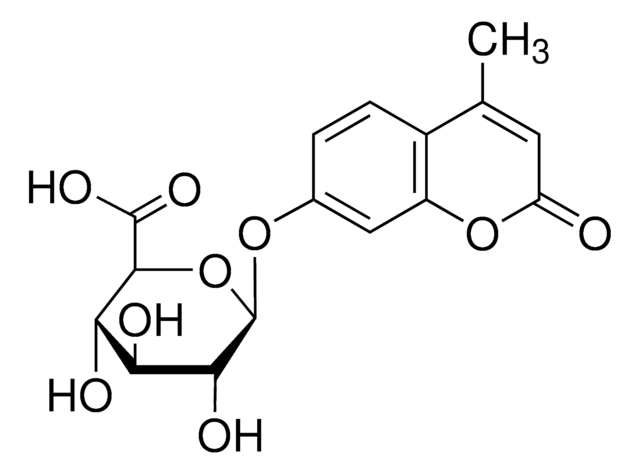17774
Potassium tellurite solution
1% in H2O, suitable for microbiology
About This Item
Prodotti consigliati
agenzia
according to ISO 6888-1:2020
Livello qualitativo
Sterilità
sterile (Filtered and Aseptic Handled)
Forma fisica
liquid
Durata
limited shelf life, expiry date on the label
Concentrazione
1% in H2O
applicazioni
environmental
food and beverages
microbiology
Temperatura di conservazione
2-8°C
Compatibilità
Corynebacterium spp.
Staphylococcus spp.
Stringa SMILE
[K+].[K+].[O-][Te]([O-])=O
InChI
1S/2K.H2O3Te/c;;1-4(2)3/h;;(H2,1,2,3)/q2*+1;/p-2
BFPJYWDBBLZXOM-UHFFFAOYSA-L
Cerchi prodotti simili? Visita Guida al confronto tra prodotti
Applicazioni
Altre note
Codice della classe di stoccaggio
10 - Combustible liquids
Classe di pericolosità dell'acqua (WGK)
WGK 2
Punto d’infiammabilità (°F)
Not applicable
Punto d’infiammabilità (°C)
Not applicable
Dispositivi di protezione individuale
Eyeshields, Faceshields, Gloves
Choose from one of the most recent versions:
Possiedi già questo prodotto?
I documenti relativi ai prodotti acquistati recentemente sono disponibili nell’Archivio dei documenti.
I clienti hanno visto anche
Articoli
Chromogenic media enable the selective detection of S. aureus, which produce bluish-green colonies that are clearly differentiated from other species.
Il team dei nostri ricercatori vanta grande esperienza in tutte le aree della ricerca quali Life Science, scienza dei materiali, sintesi chimica, cromatografia, discipline analitiche, ecc..
Contatta l'Assistenza Tecnica.